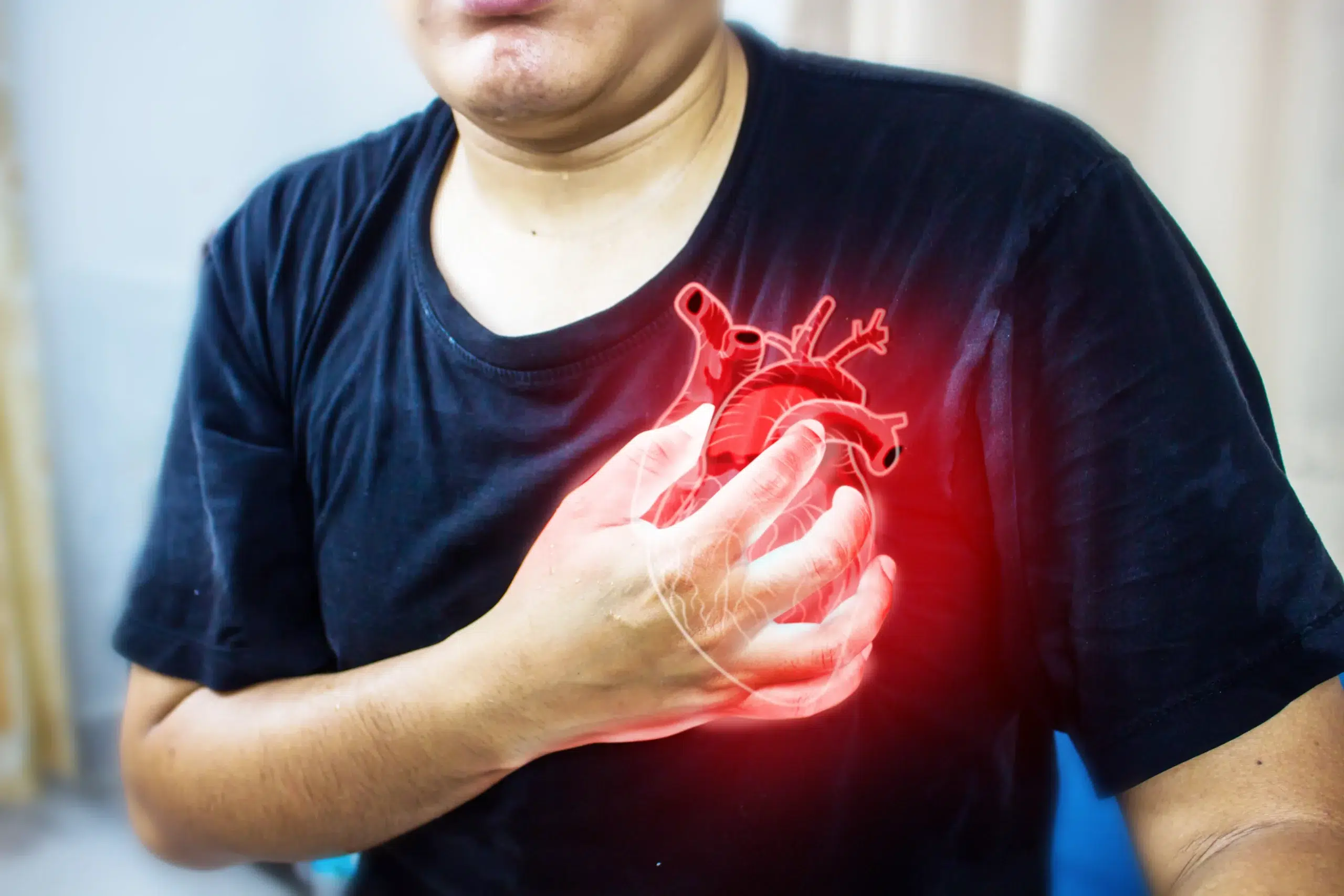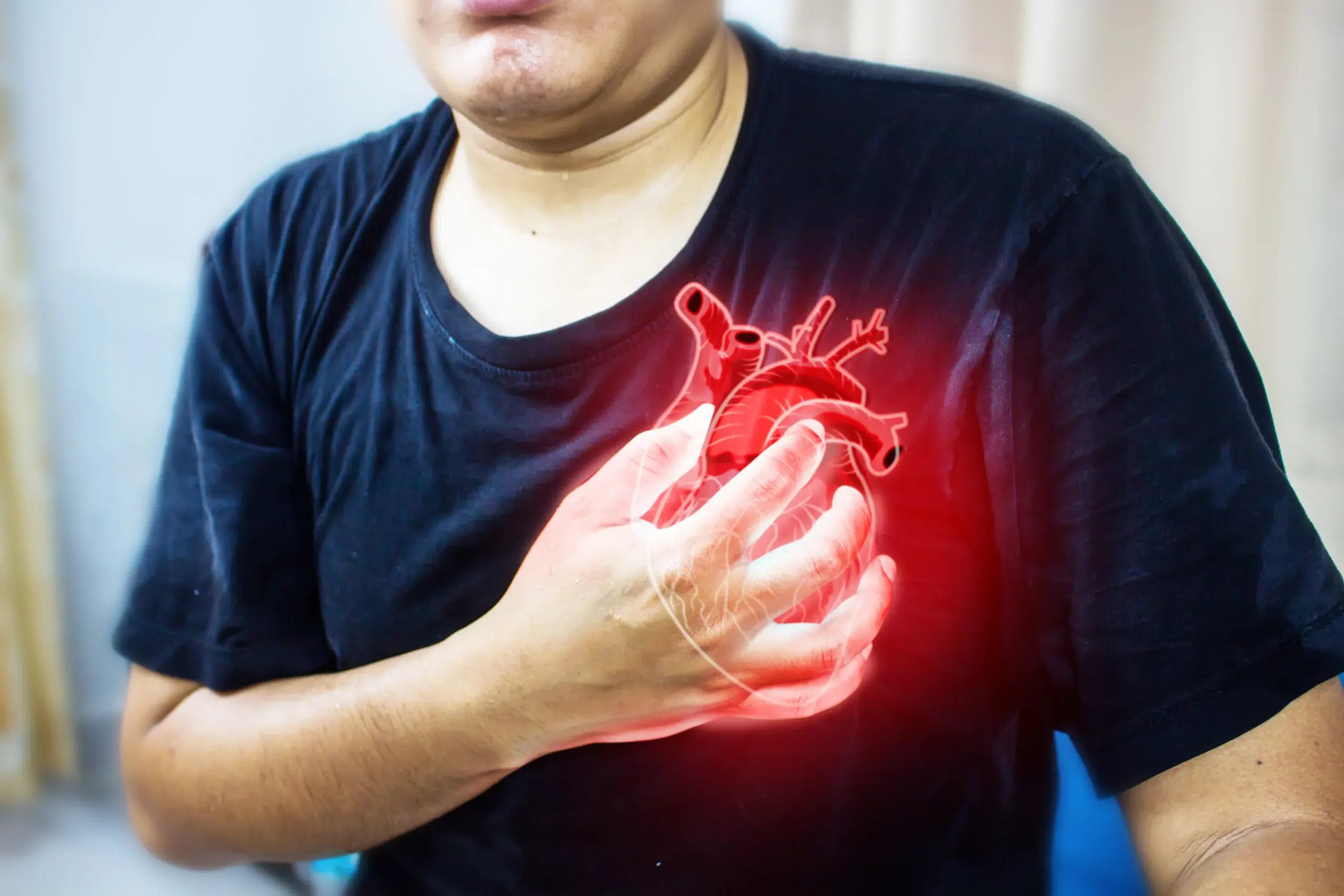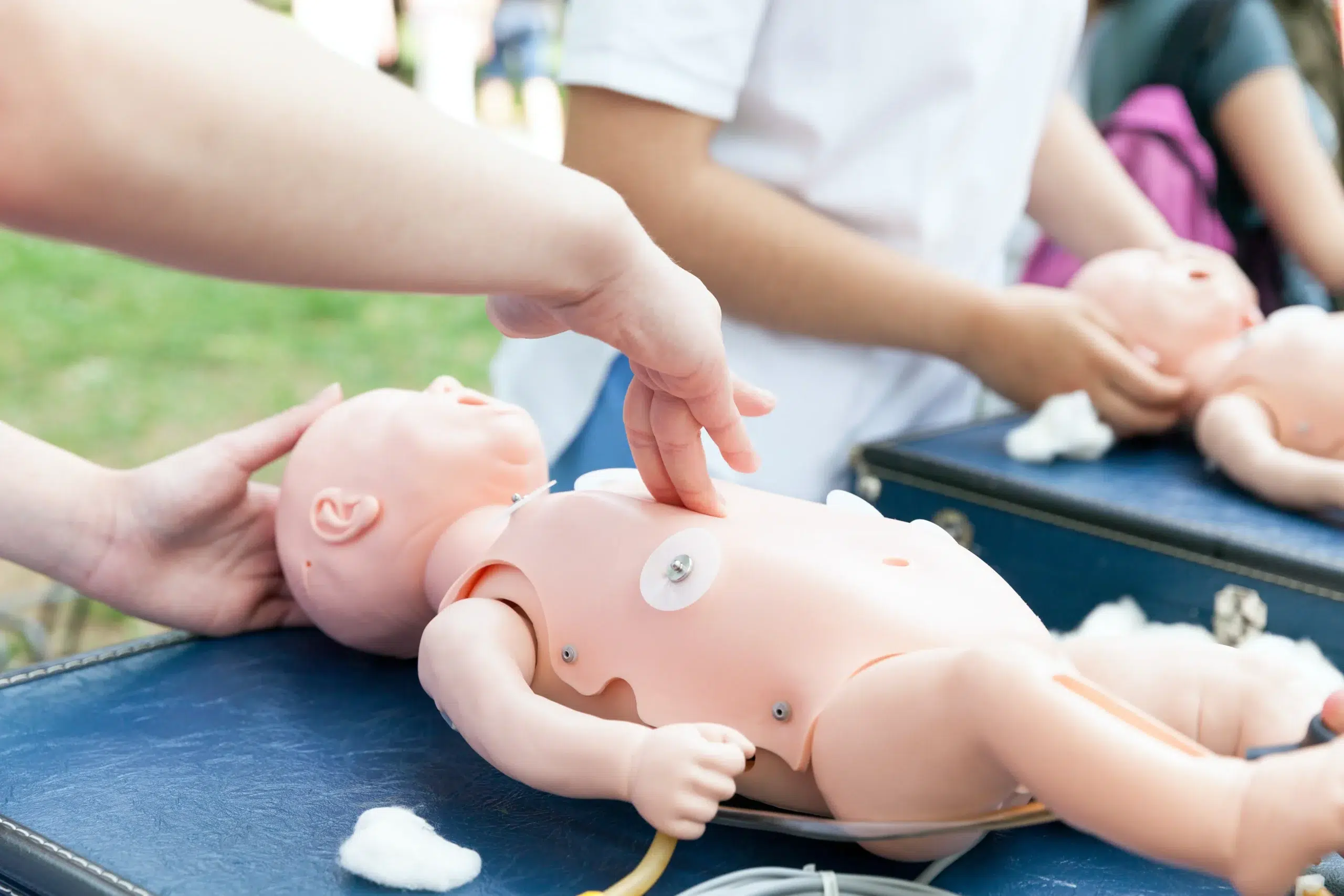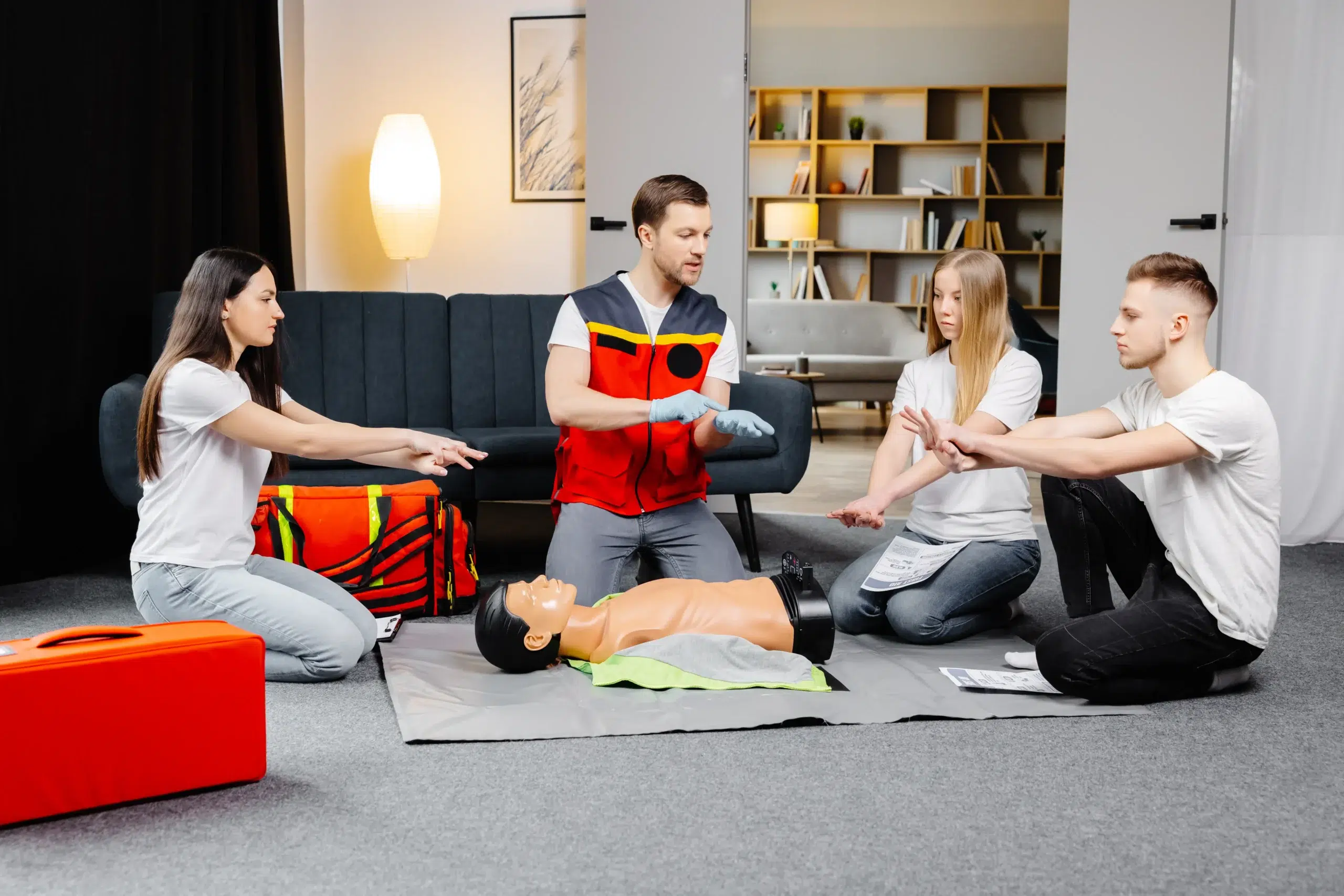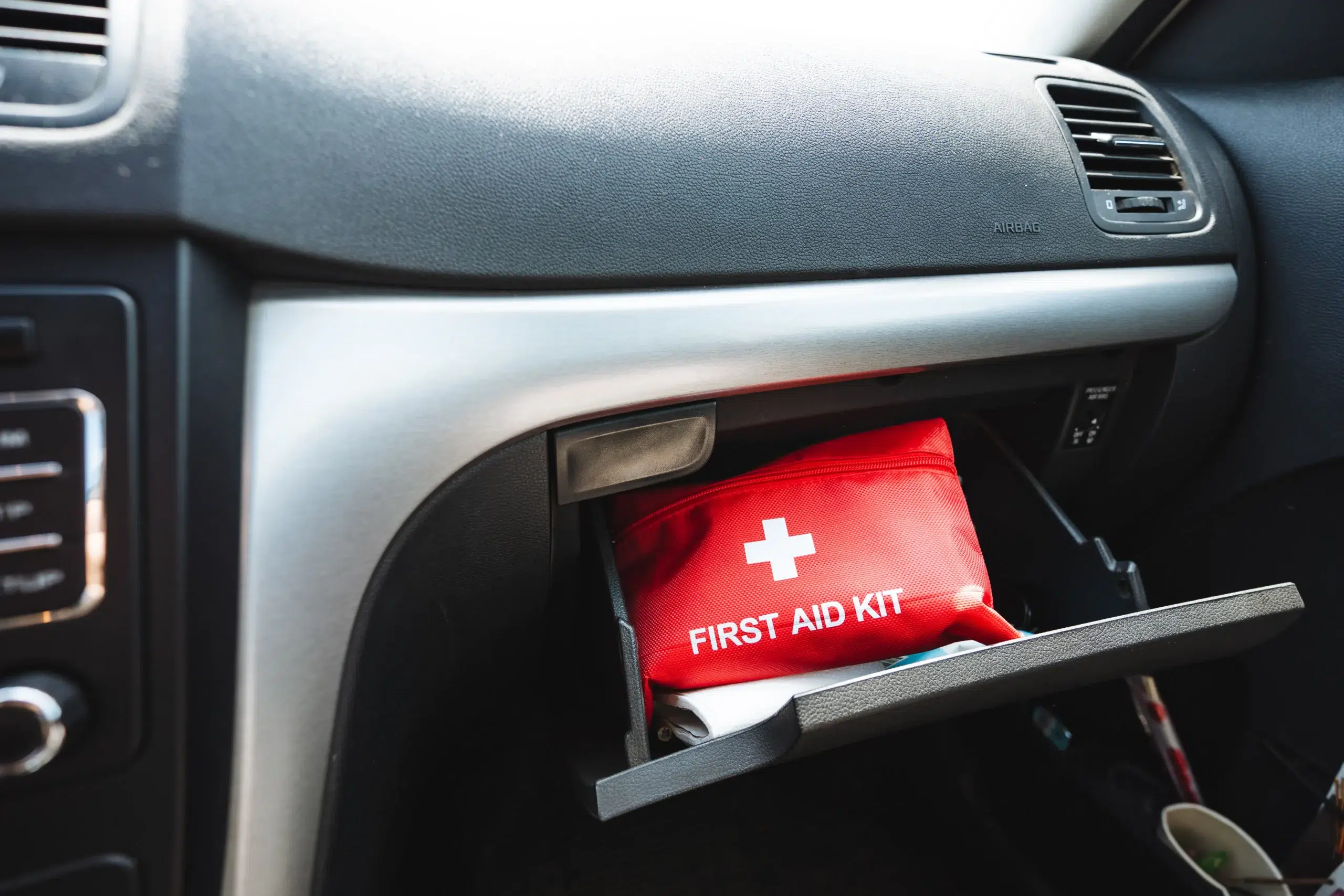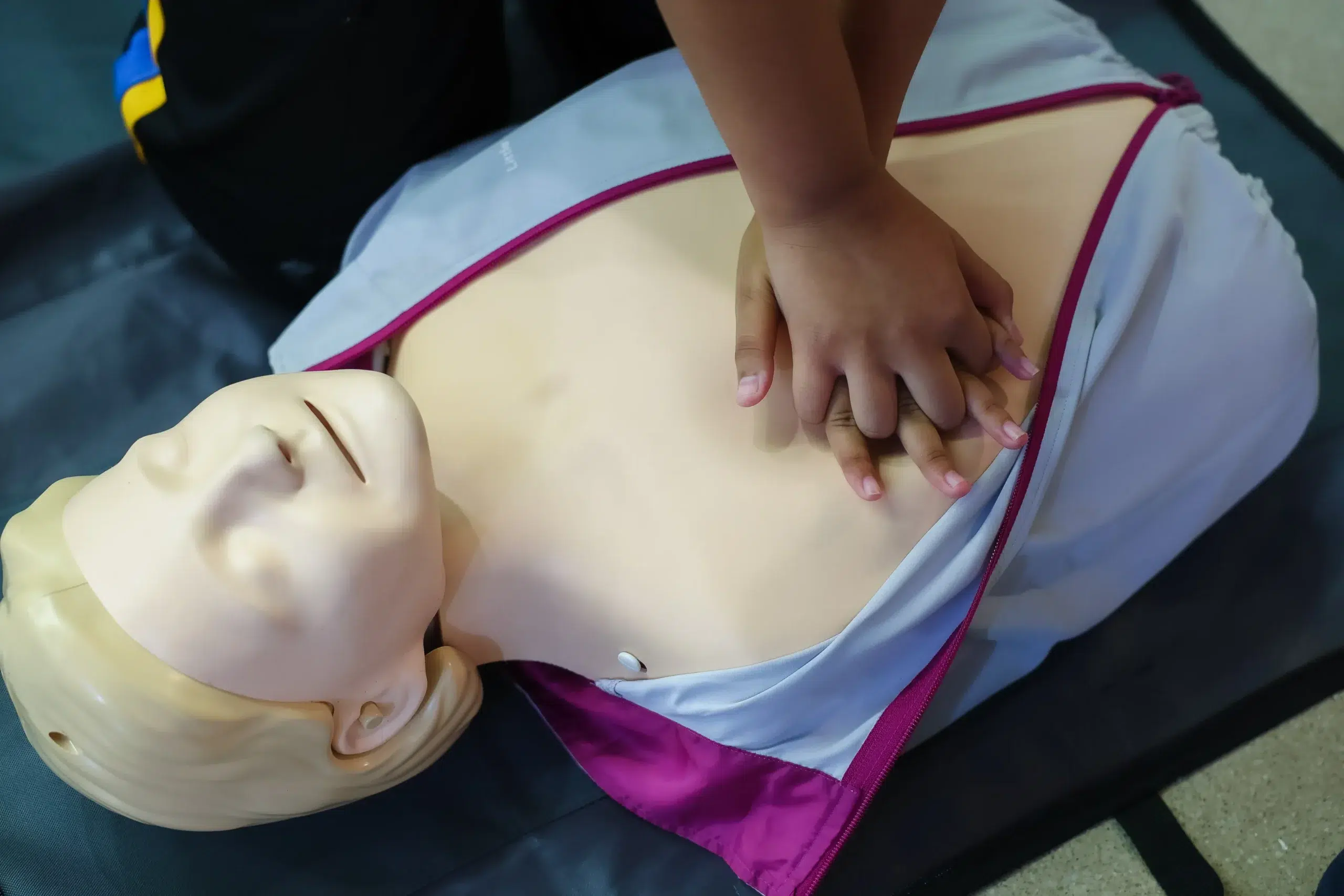Accidents happen, and knowing how to respond quickly and effectively in a medical emergency involving a child can be life-saving. This guide provides a comprehensive overview of pediatric CPR and first-aid training in Sacramento, offering valuable resources and information for parents, caregivers, and professionals alike. We’ll explore the essential skills covered in these courses, discuss the different training formats available (in-person, online, and blended learning), and provide a list of reputable training providers in the Sacramento area. We’ll also delve into the costs associated with these courses, discuss potential discounts, and emphasize the long-term value of investing in these life-saving skills.
Key Takeaways
- Pediatric CPR and first aid require specific techniques: These skills are essential for parents, caregivers, and professionals working with children. Training equips you to respond effectively to emergencies like choking, breathing problems, and near-drowning incidents.
- Various training formats cater to different learning styles: In-person classes offer hands-on practice and immediate feedback, while online courses provide flexibility. Blended learning combines the benefits of both. Choose the format that best suits your schedule and learning preferences.
- Staying current with certifications and guidelines is crucial: Regularly reviewing the material and renewing your certification ensures you’re always prepared and confident in your ability to respond to emergencies. Seek out resources and refresher courses to maintain your skills.
What is Pediatric CPR and First-Aid?
Pediatric CPR and first-aid training gives parents, caregivers, and professionals the skills to respond to emergencies involving infants and children. These courses focus on the physiological and developmental differences between children and adults, ensuring you’re prepared to act quickly and effectively. Knowing how to perform infant CPR is crucial, as infants can experience cardiac arrest from various causes, including breathing problems and near-drowning.
How Pediatric CPR Differs from Adult CPR
CPR for infants and children isn’t the same as adult CPR. Adjustments are made to the compression depth and rate based on the child’s size, and rescue breaths might also differ. Understanding these critical distinctions can significantly impact a child’s outcome in a life-threatening situation. For instance, the American Heart Association emphasizes the importance of using the correct hand placement and compression depth for infants and children during CPR.
Essential Skills for Infant and Child Emergencies
Pediatric first-aid and CPR courses cover essential skills. You’ll learn to recognize signs of unresponsiveness and choking, handle infants safely, and administer CPR and use an AED. Courses often include training in basic life support (BLS) for infants and children, providing a comprehensive approach to emergency care. These skills empower you to confidently handle various pediatric emergencies.
Common Pediatric First-Aid Misconceptions
Many parents believe “it won’t happen to us,” leading to a lack of preparedness for emergencies. Another common misconception is that CPR is only for cardiac arrest. While cardiac arrest is a serious concern, CPR is also vital for other situations like choking or near-drowning. Don’t let these misconceptions prevent you from gaining these life-saving skills. Early intervention can make a real difference. Being prepared can significantly improve a child’s chances of survival.
Top Pediatric CPR and First-Aid Training Providers in Sacramento
Finding the right pediatric CPR and first-aid training can feel overwhelming. Several excellent providers serve the Sacramento area. To simplify your search, we’ve compiled a list of reputable organizations offering these essential courses. Choosing a certified provider ensures you receive high-quality instruction and a valid certification.
Roseville CPR Classes
Roseville CPR Classes offers a range of first-aid and CPR training, including options specifically for childcare providers. They prioritize equipping participants with practical, life-saving skills applicable in real-world emergencies. Conveniently located in Roseville, they serve Sacramento, Rocklin, and nearby areas. Explore their website for information on BLS certification, ACLS courses for healthcare providers, and group discounts.
American Red Cross
The American Red Cross is a nationally recognized provider of CPR/AED and first-aid training. Their Sacramento chapter offers various courses covering essential life-saving skills. These skills include responding to heart attacks, choking incidents, and other emergencies. Find a CPR class in Sacramento through their website.
American Heart Association (AHA)
The American Heart Association (AHA) offers comprehensive training programs, such as the Heartsaver Pediatric First Aid CPR AED course. This classroom-based training covers essential pediatric first aid and CPR skills and often fulfills childcare licensing requirements. Many training centers offer AHA-certified courses, so search for a convenient location near you.
CPR Sacramento
CPR Sacramento provides a variety of AHA-certified courses, including infant CPR. These classes give parents and caregivers the skills to confidently respond to infant emergencies. Visit their website for details on their infant CPR classes.
Sacramento CPR
Sacramento CPR offers specialized first-aid training designed for the specific needs of children and infants. These courses are especially helpful for parents, caregivers, and educators. Check their website for more information on their pediatric first-aid programs.
UC Davis Health
UC Davis Health recognizes the critical importance of infant CPR training and offers courses covering various emergency situations. They understand the crucial role caregivers play in responding to breathing problems, near-drowning incidents, and other events that can lead to cardiac arrest in infants. Visit their website for course details and schedules.
Course Content and Certification
Knowing what to expect in a pediatric CPR and first-aid course helps you choose the right class. Let’s break down the skills covered, certification options, and requirements for childcare providers in California.
Skills Taught in Pediatric CPR and First-Aid Courses
Pediatric CPR and first-aid courses teach you how to respond to emergencies involving infants and children. You’ll learn CPR techniques specific to these age groups, how to use an automated external defibrillator (AED), and how to administer first aid for common childhood injuries and illnesses like choking, burns, and allergic reactions. These courses focus on building your confidence so you can act quickly and effectively in emergencies.
Certification Types Offered
Several certifications meet different needs and requirements. The American Heart Association (AHA) offers courses like the Heartsaver Pediatric First Aid CPR AED program, covering pediatric first aid, CPR, and AED use. This classroom-based course often fulfills the eight-hour training requirement for EMSA-certified childcare providers. Roseville CPR Classes offers a range of certification courses accepted by licensing agencies. Check with your licensing board or employer to confirm which certification you need.
Certification Validity and Renewal
Most pediatric CPR and first-aid certifications are valid for two years. It’s essential to renew your certification before it expires to stay current with the latest guidelines and techniques. Roseville CPR Classes offers renewal courses to help you maintain your skills and credentials.
EMSA-Approved Child Care Courses
Licensed childcare providers, foster parents, and others working with children in California often need specific EMSA-approved training. These courses meet the state’s requirements for pediatric first aid, CPR, and AED certification. They prepare you to handle various emergencies, ensuring you’re equipped to protect the children in your care. Roseville CPR Classes offers EMSA-approved courses designed to meet these specific requirements. Make sure to verify the course aligns with your licensing needs.
Training Formats and Their Effectiveness
Choosing the right training format is key to mastering pediatric CPR and first aid. Let’s explore the pros and cons of different learning styles to help you find the best fit.
In-Person Classes: Hands-on Practice and Feedback
In-person classes offer valuable hands-on learning and direct interaction with instructors. Roseville CPR Classes emphasizes small group settings, ensuring personalized attention and ample practice time. This format lets you ask questions, receive immediate feedback, and build confidence in your skills. Plus, you typically receive your certification card the same day. This approach is especially helpful for kinesthetic learners who thrive in a practical, hands-on environment. The face-to-face interaction with an instructor and fellow students creates a supportive and motivating learning environment.
Online Courses: Flexibility and Self-Paced Learning
Online courses provide ultimate flexibility, allowing you to learn at your own speed and convenience. This format is perfect for busy parents, professionals, or anyone with a packed schedule. The American Red Cross offers online options that combine online coursework with in-person skills demonstrations, ensuring you still get the hands-on practice necessary for certification. This blended approach lets you absorb theoretical knowledge at your own pace before demonstrating your skills.
Blended Learning: Combining Online and In-Person Instruction
Blended learning combines the best of both worlds—the flexibility of online learning with the practical application of in-person instruction. You can complete the theoretical components online, then attend an in-person session to practice your skills and receive feedback. This format is ideal for those who prefer a structured learning environment but need flexibility. The Red Cross offers blended learning CPR courses in Sacramento, giving you the freedom to choose the format that best suits your learning style and needs.
Pricing and Value
When choosing a Pediatric CPR and First-Aid certification course, price is naturally a factor. But remember, the value of these skills goes far beyond the course fee. Knowing how to respond in a medical emergency can make all the difference. This section breaks down the typical costs associated with these courses in Sacramento and what influences those price points.
Average Costs for Pediatric CPR and First-Aid Training
In Sacramento, first-aid training typically costs somewhere between $75 and $150. A basic first-aid course usually costs around $80, while a combined CPR and first-aid class ranges from $100 to $150. These prices can vary based on the provider and the specifics of the course. For example, a course covering CPR, First-Aid, and EMSA Child Care Health & Safety will likely be more comprehensive and potentially a bit higher in price.
Discounts and Promotions
Looking to train a group? Many providers, including Roseville CPR Classes, offer discounts for group bookings and early registration. It’s always worth asking about potential discounts to make training more accessible for families, community groups, or businesses. These savings can be significant, so be sure to inquire before you register. Check if your employer offers any reimbursement for these types of training courses, too.
Factors Affecting Course Pricing
Several factors influence the final cost of a course. More specialized training, like an ACLS course, naturally comes with a higher price tag due to the advanced nature of the material. The same applies to courses like PALS and BLS. While cost is a consideration, prioritize the value and quality of the instruction. A comprehensive course with hands-on practice and expert instructors will better equip you to handle real-life emergencies. Remember, you’re investing in skills that could save a life. Roseville CPR classes offers a low-price guarantee to ensure you’re getting the best possible value.
Benefits of Pediatric CPR and First-Aid Training
Knowing how to respond to a medical emergency involving a child can be life-changing. Pediatric CPR and first-aid training gives you the skills and confidence to act quickly and effectively in such critical situations. Let’s explore some key benefits of this training.
Gain Confidence in Emergencies
Emergencies involving children can be incredibly stressful. Pediatric first-aid and CPR training empowers you to stay calm and take charge. Instead of feeling helpless, you’ll have the knowledge and skills to assess the situation, provide immediate care, and potentially save a life. This confidence can be invaluable, whether you’re a parent, caregiver, or simply someone who wants to be prepared. Knowing how to handle situations like breathing problems or near-drowning can bring immense peace of mind. For more information on infant CPR, check out these helpful infant CPR classes.
Learn Life-Saving Skills
Pediatric CPR and first-aid training teaches you practical, life-saving skills. You’ll learn how to perform CPR on infants and children, how to relieve choking, and how to manage injuries. These skills can be applied in various emergency situations, from a sudden allergic reaction to a playground accident. The Red Cross offers CPR/AED classes covering essential skills for responding to emergencies like heart attacks and choking.
Promote Community Awareness
By becoming trained in pediatric CPR and first aid, you contribute to a more prepared and safer community. You can share your knowledge with others, encourage them to get trained, and advocate for safety measures in public spaces. This collective awareness creates a network of support, ensuring more people are equipped to handle pediatric emergencies. The Red Cross also emphasizes the importance of staying up-to-date with your first-aid skills, offering convenient recertification options and various class formats.
Meet Child Care Requirements
Many childcare providers, educators, and other professionals who work with children are required to have pediatric CPR and first-aid certification. Completing a certified course, such as the Heartsaver Pediatric First Aid CPR AED, fulfills these requirements and demonstrates your commitment to children’s safety. This course typically covers eight hours of EMSA-approved childcare training, including pediatric first aid, CPR, and AED use. This certification can enhance your professional qualifications and open up new career opportunities.
Choose the Right Course and Maintain Your Skills
So, you’re ready to learn CPR and be prepared for a medical emergency? Great! Choosing the right course and provider is an important first step. Here’s what to consider:
Compare Courses and Providers
First, think about which course fits your needs. Are you a parent wanting to be prepared at home? A healthcare professional needing certification? Or do you work at a childcare facility with specific requirements? Roseville CPR Classes offers a variety of courses, including BLS, ACLS, and PALS, so you can find the right fit. Once you know what you’re looking for, compare providers. Course prices typically range from $75 to $150, depending on the content covered. For example, a basic first aid course might be less expensive than a combined CPR/first aid course. Roseville CPR Classes offers a low-price guarantee, so you can feel confident you’re getting a good value.
Read Reviews and Testimonials
Before committing to a class, take a few minutes to read reviews. What are other students saying about their experience? Were they satisfied with the instructor and the material? Honest feedback from others can give you a good sense of what to expect. Many parents and caregivers have shared how valuable specialized first aid training for children and infants has been for them.
Prepare for Your Training
Once you’ve chosen a course, take some time to prepare. Review any pre-course materials provided. If you’re taking an online course, make sure you have a reliable internet connection and a quiet space to focus. For in-person classes, plan your travel time and confirm the location. Knowing what to expect beforehand will help you get the most out of your training. Knowing infant CPR is especially important, as emergencies like breathing problems or near-drowning can quickly lead to cardiac arrest in infants. Consider checking out CPR Sacramento for more information on infant CPR classes.
Access Post-Certification Resources
Congratulations on completing your training! But remember, learning is an ongoing process. Keep your skills sharp by accessing post-certification resources. The Red Cross offers convenient recertification options and various class formats to fit your schedule. Regularly reviewing the material and practicing your skills will ensure you’re always ready to respond in an emergency. Consider joining the RQI program at Roseville CPR Classes for convenient skills maintenance.
Related Articles
- PALS Certification in Roseville: Your Complete Guide – Roseville CPR Classes
- CPR Certification in Roseville: Your Guide – Roseville CPR Classes
- PALS Certification Sacramento: Your Comprehensive Guide – Roseville CPR Classes
- First-Aid Training & Certification in Rocklin – Roseville CPR Classes
- CPR Myths Busted: What Really Works
Frequently Asked Questions
What is the difference between adult and pediatric CPR? Pediatric CPR techniques are modified to accommodate the smaller size and developing physiology of infants and children. This includes adjustments to the depth and rate of chest compressions, as well as potential differences in rescue breaths. These modifications are crucial for effectively delivering CPR to a young child or infant.
How do I choose the right pediatric CPR and first-aid class? Consider your specific needs and responsibilities. Are you a parent, a childcare provider, or a healthcare professional? Each role may have different requirements. Think about the course format that works best for your learning style and schedule – in-person, online, or blended learning. Compare providers based on their certifications, course content, reviews, and pricing. Roseville CPR Classes offers a variety of courses and a low-price guarantee, making it a good place to start your search.
What kind of certification will I receive after completing a pediatric CPR and first-aid course? Certifications vary depending on the provider and the specific course you take. Common certifications include those from the American Heart Association (AHA) and the American Red Cross. Make sure the certification you receive aligns with any requirements from your employer or licensing board, especially if you work in childcare or healthcare. For example, childcare providers in California often need EMSA-approved certification.
How long is a pediatric CPR and first-aid certification valid, and how do I renew it? Most certifications are valid for two years. It’s important to renew your certification before it expires to stay current with the latest guidelines and maintain your skills. Many providers offer renewal courses, often shorter than the initial certification course. Check with your certifying organization or training provider for specific renewal options.
Why should I learn pediatric CPR and first aid even if I’m not a healthcare professional or childcare provider? Knowing these skills can empower you to respond confidently in any emergency involving a child, whether at home, in public, or at your workplace. You’ll be equipped to provide immediate care in situations like choking, near-drowning, or other medical emergencies, potentially making a life-saving difference before professional help arrives. It’s about being prepared and having the confidence to act when it matters most.



